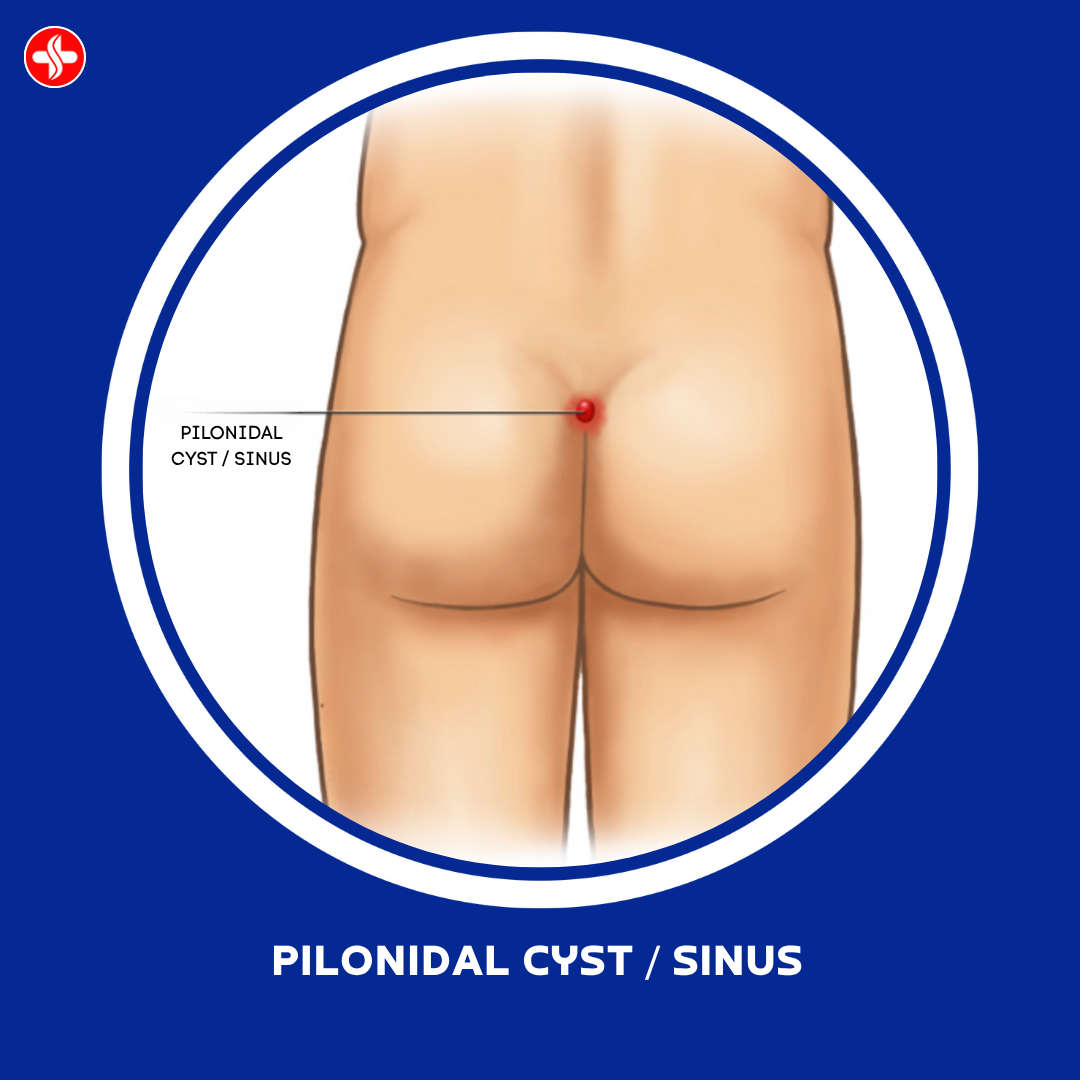Introduction:
Inguinal hernia are a common medical condition that affects a significant number of people worldwide. While not always life-threatening, they can cause discomfort and require medical attention. In this blog post, we’ll delve into the details of inguinal hernia, exploring their causes, symptoms, and available treatment options.
What is an Inguinal Hernia?
An inguinal hernia occurs when a portion of the intestine or other abdominal tissue protrudes through a weakened area or opening in the abdominal muscles, creating a bulge. This type of hernia typically occurs in the inguinal canal, a passageway in the lower abdomen near the groin.
Causes:
- Weakness in the Abdominal Wall: In many cases, inguinal hernias develop due to a weakness in the abdominal muscles, which may be present from birth or develop over time.
- Increased Intra-Abdominal Pressure: Conditions that increase pressure within the abdomen, such as heavy lifting, chronic coughing, or obesity, can contribute to the development of an inguinal hernia.
- Age and Gender: Men are more prone to inguinal hernias than women, and the risk tends to increase with age.
Symptoms:
- Visible Bulge: The most common and noticeable symptom of an inguinal hernia is a bulge in the groin area. This bulge may become more prominent when standing, coughing, or straining.
- Pain or Discomfort: Discomfort or pain in the groin, especially when lifting heavy objects or during physical activity, may accompany an inguinal hernia.
- Aching or Burning Sensation: Some individuals with inguinal hernias report aching or burning sensations around the bulge.
- Pressure in the Abdomen: Patients may experience a feeling of pressure or heaviness in the abdomen.
Treatment Options:
- Watchful Waiting: In some cases, especially when the hernia is small and not causing significant discomfort, a “watchful waiting” approach may be recommended. Regular monitoring and lifestyle adjustments may be suggested.
- Hernia Truss: A hernia truss is a supportive device that can be worn to help keep the hernia in place. While it can provide relief, it is not a long-term solution and is generally used in cases where surgery is not immediately possible.
- Surgery: The most common and effective treatment for inguinal hernias is surgery. During the procedure, the protruding tissue is pushed back into place, and the weakened abdominal wall is repaired. With advancements in surgical techniques, many inguinal hernia repairs are now done using minimally invasive laparoscopic methods.
Conclusion:
Understanding the causes, symptoms, and treatment options for inguinal hernias is crucial for early detection and appropriate management. If you suspect you have an inguinal hernia or are experiencing related symptoms, it is essential to consult with a healthcare professional for a thorough evaluation and personalized treatment plan. Early intervention can help alleviate discomfort and prevent complications associated with inguinal hernia.




